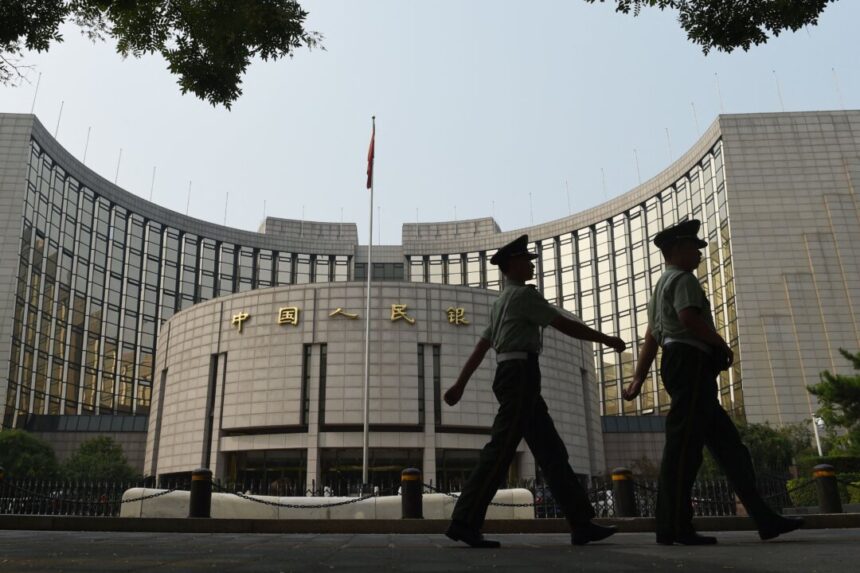In the last two decades, China’s central bank has refrained from purchasing such bonds in the secondary market, with the exception of 2007 when China’s stock market experienced a downturn. However, recently, the People’s Bank of China (PBOC) announced the purchase of 400 billion yuan ($56.3 billion) in special government bonds from primary dealers. This move is seen as a response to economic challenges faced by the communist regime, as investors and banks perceive these bonds as a safer option in a declining economy. The central bank acquired these bonds, including 300 billion yuan ($42.3 billion) worth of 10-year term bonds and 100 billion yuan ($14.1 billion) worth of 15-year term bonds, through open market operations. This signifies a potential shift towards more frequent government bond purchases by the central bank.
It is worth noting that according to China’s banking laws, the central bank is not permitted to directly buy treasury bonds in the primary market. However, there are no restrictions on buying and selling treasury bonds through primary dealers or in the secondary market. Primary dealers, which include state-owned banks, securities companies, and trust funds, have a special relationship with the central bank and play a crucial role in facilitating these transactions.
This recent large-scale purchase of treasury bonds by the PBOC is a reflection of significant challenges facing China’s economy. Factors such as weak economic growth, diminishing investment demand, and high government debt levels have compelled the central bank to adopt more aggressive monetary policies. While these bond purchases may help alleviate liquidity pressures in the market, they also raise concerns among investors about future inflation risks and currency depreciation. Furthermore, such actions could lead to capital outflows and market instability.
The PBOC’s acquisition of these bonds is seen as a means to roll over government debt, where old bonds are repurchased and new ones are issued. Despite denials by official media that this is a form of quantitative easing or monetization of China’s fiscal deficit, economists warn of potential economic repercussions, including increased government debt and reliance on monetary policy to address economic challenges. This results in a scenario where regardless of the amount of government bonds that the Ministry of Finance aims to release, the central bank is ultimately responsible for covering the costs. The outcome is essentially an endless cycle of money printing without any real value, a common occurrence as dynasties reach their decline.”
Luo Ya provided input for this report.
Source link






